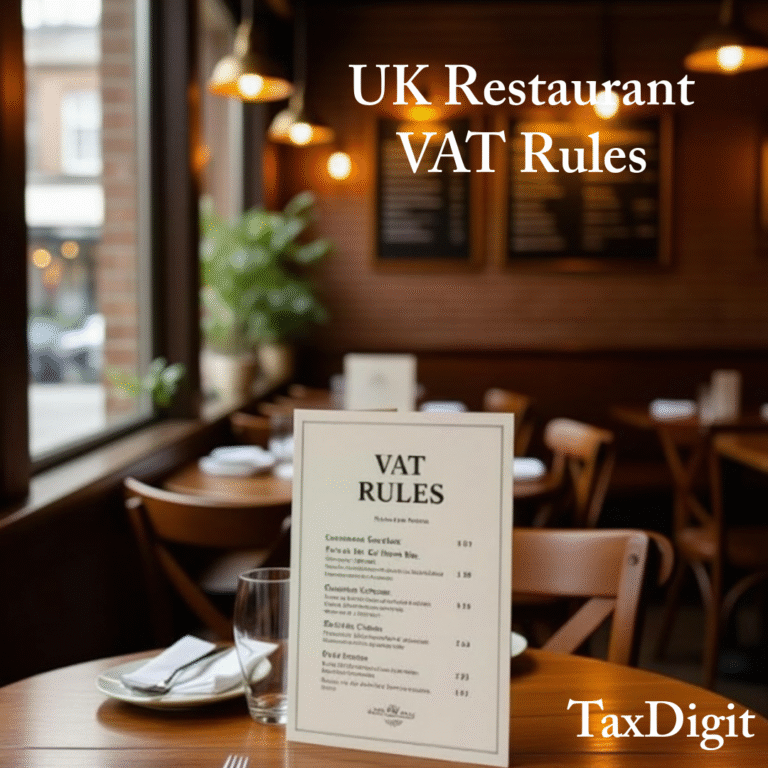Capital Goods Scheme

In the intricate world of taxation, navigating the nuances of the capital goods scheme is crucial, particularly for partially exempt companies. At TaxDigit, we specialise in unraveling complex tax scenarios, and today we shed light on the capital goods scheme and its impact on input tax recovery for specific capital assets.
Understanding the Capital Goods Scheme
The capital goods scheme comes into play for assets with a significant price tag, requiring careful consideration for input tax recovery. The assets in question encompass:
- Land and buildings costing £250,000 (VAT exclusive) or more.
- Computers, ships, and aircraft costing £50,000 (VAT exclusive) or more.
To fall under the capital goods scheme, an asset must be capitalized in the accounts, signifying its long-term nature. Unlike the typical accounting year, the capital goods scheme operates based on VAT years.
The Adjustment Period
The heart of the capital goods scheme lies in the adjustment period, where changes in the use of capital items over time are accounted for. This adjustment period is distinct for various asset categories:
- Land and buildings costing more than £250,000: Ten-year adjustment period (or five years for leased assets with a lease term of less than ten years at acquisition).
- Computers and computer equipment costing more than £50,000: Five-year adjustment period.
Initial Recovery and Annual Adjustments
Upon purchasing a capital item, the initial recovery of input VAT follows standard rules. In the quarter of acquisition, a trader can claim an initial recovery based on the proportion of taxable and exempt supplies. However, this initial recovery is subject to adjustment at the end of the VAT year, specifically over the ten (or five) years, if there’s a change in the proportion of exempt supplies.
The adjustment is executed in the second VAT return following the end of the year it corresponds to, ensuring accurate reflection of the changing usage patterns.
Sale Adjustments: Navigating the Complexity
When a capital item is sold within the adjustment period, the process becomes more intricate with two adjustments – the normal adjustment and the sale adjustment.
- For a taxable sale, assuming 100% taxable use in the remaining years.
- For an exempt sale, assuming 0% taxable use for each remaining year.
Both adjustments are made in the second VAT return following the end of the interval in which the asset is sold, and crucially, they are never time-apportioned. The date of sale in the year is irrelevant in this context.
Contact TaxDigit for Expert Guidance
Understanding and managing the capital goods scheme is a vital aspect of tax compliance for businesses dealing with substantial assets. For more information and expert guidance tailored to your specific circumstances, contact us at TaxDigit. Our team of seasoned professionals is ready to demystify the complexities of the capital goods scheme, ensuring your business stays on the right side of tax regulations. #TaxDigit #CapitalGoodsScheme #TaxationExperts



